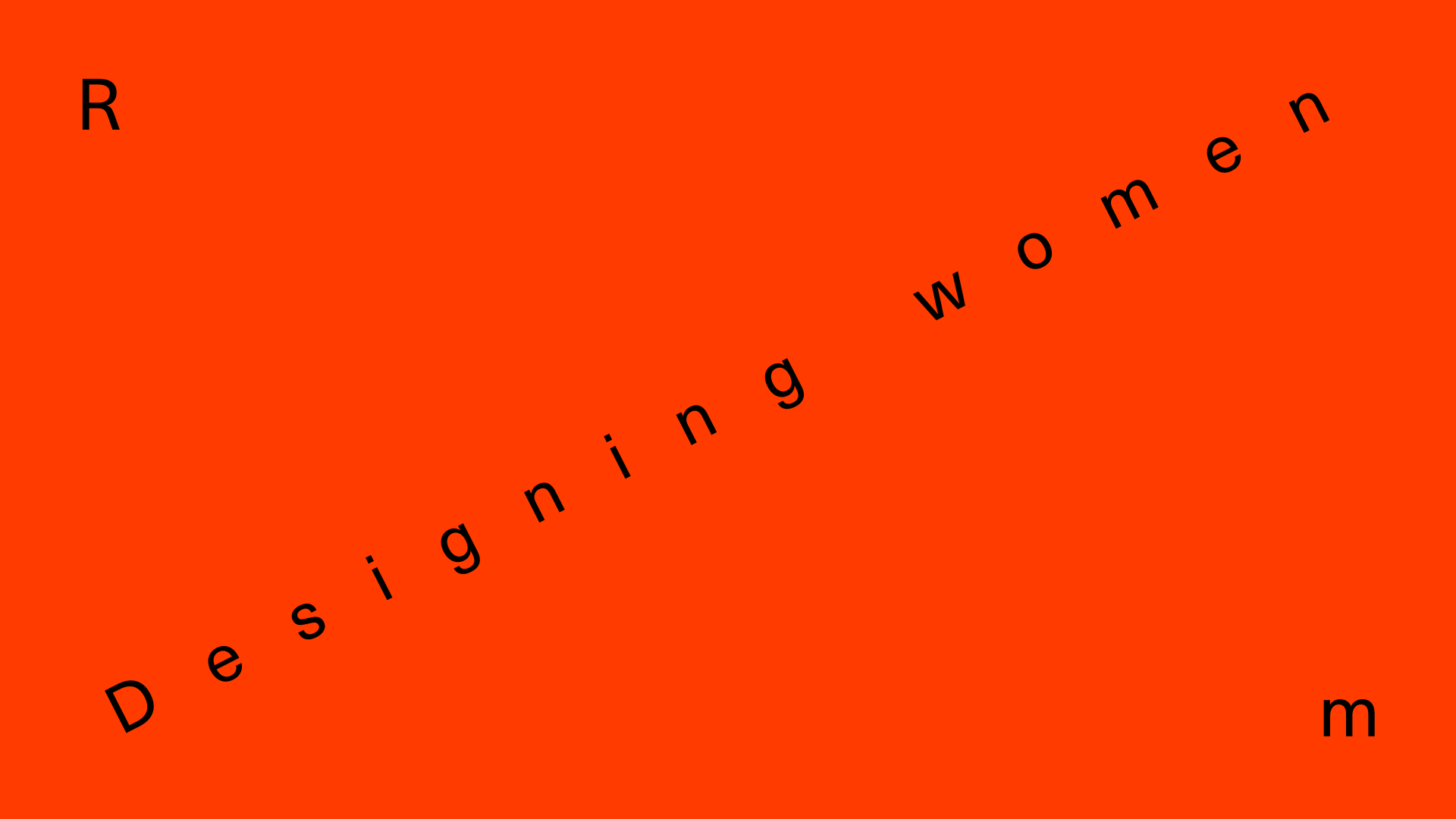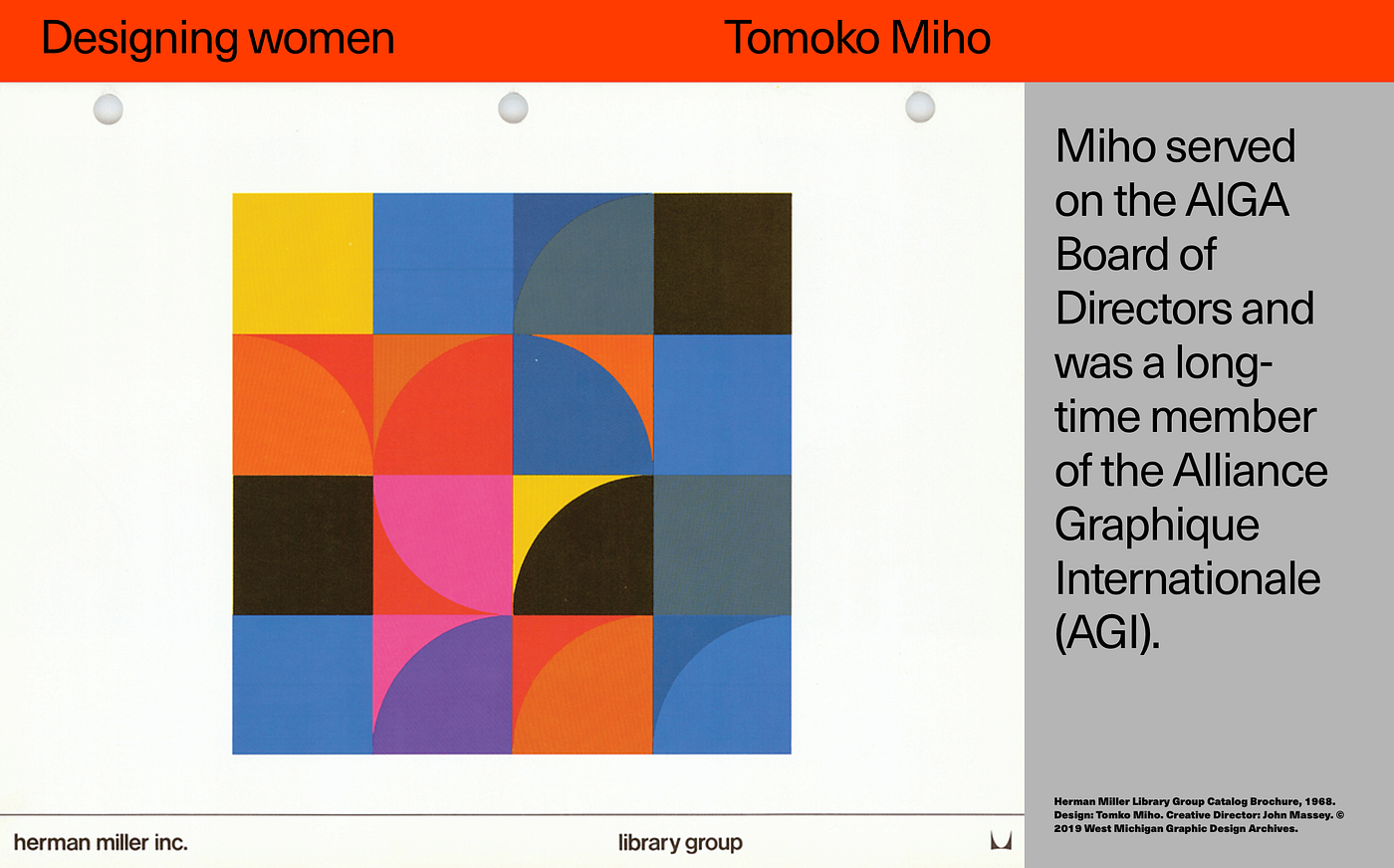Why we wanted to highlight the work of women in design
Just 1 in 5 working designers are women, according to recent research from the UK’s Design Museum. Enrollment statistics also indicate that 7 out of 10 students studying design are women. So what happens between the classroom and the studio?

Just 1 in 5 working designers are women, according to recent research from the UK’s Design Museum. Enrollment statistics also indicate that 7 out of 10 students studying design are women. So what happens between the classroom and the studio? To explore the issue more deeply we created Designing Women.
Readymag CEO and co-founder Diana Kasay found the inspiration for the project in March 2019: “It all began with a Facebook post announcing yet another design conference. Almost all the invited speakers were men, and that triggered a huge discussion in the comments about the current status of women in the industry.” The thread continued for several days.

“So we decided to view the issue from a variety of angles. We researched the topic, interviewed designers, structured the information we gathered, and finally presented it in Designing Women,” explains Diana. “I believe information based on facts, statistics, and the perspectives of design theorists and practitioners is the best basis for new discussion and positive change.”
At Readymag’s request, writer Madeleine Morley prepared an essay eхploring the status of women in the industry. The text contains statements from many female design leaders, including Isabel Seiffert (co-founder of Offshore studio), Na Kim (a graphic designer from Seoul), and Elle Lupton (curator of contemporary design at the Cooper-Hewitt National Design Museum in New York). They discuss education, career, representation in senior positions, and major public events. Personal views and experiences are accompanied by current statistics and informed comments.

The second part of the project surveys outstanding female designers of the 20th century, showcasing their signature works. All of these women influenced design culture but only some of them are widely known in the industry. In this part of the study, you’ll learn about Susan Kare, who made most of the icons for Mac; and Sheila de Brettville, who initiated Women’s Building, a stronghold for female design education in the 1970’s.

The third chapter offers a list of resources for further study: feminist research on women’s role in design, spreadsheets with speakers promoting diversity, and links to public organizations protecting women’s professional rights.
“I challenged myself to present each section as equally important, making them all easy to view, read, and navigate,” says Tatiana Egoshina, a designer at Readymag responsible for the look of the project. “My goal was to make a compleх longread that maintains integrity, so the visitor could switch from one part to another without losing their thread. I also wanted to visually indicate that Designing Women is the brain-child of Readymag, without overemphasizing our corporate identity.”
Check out the project at designingwomen.readymag.com.